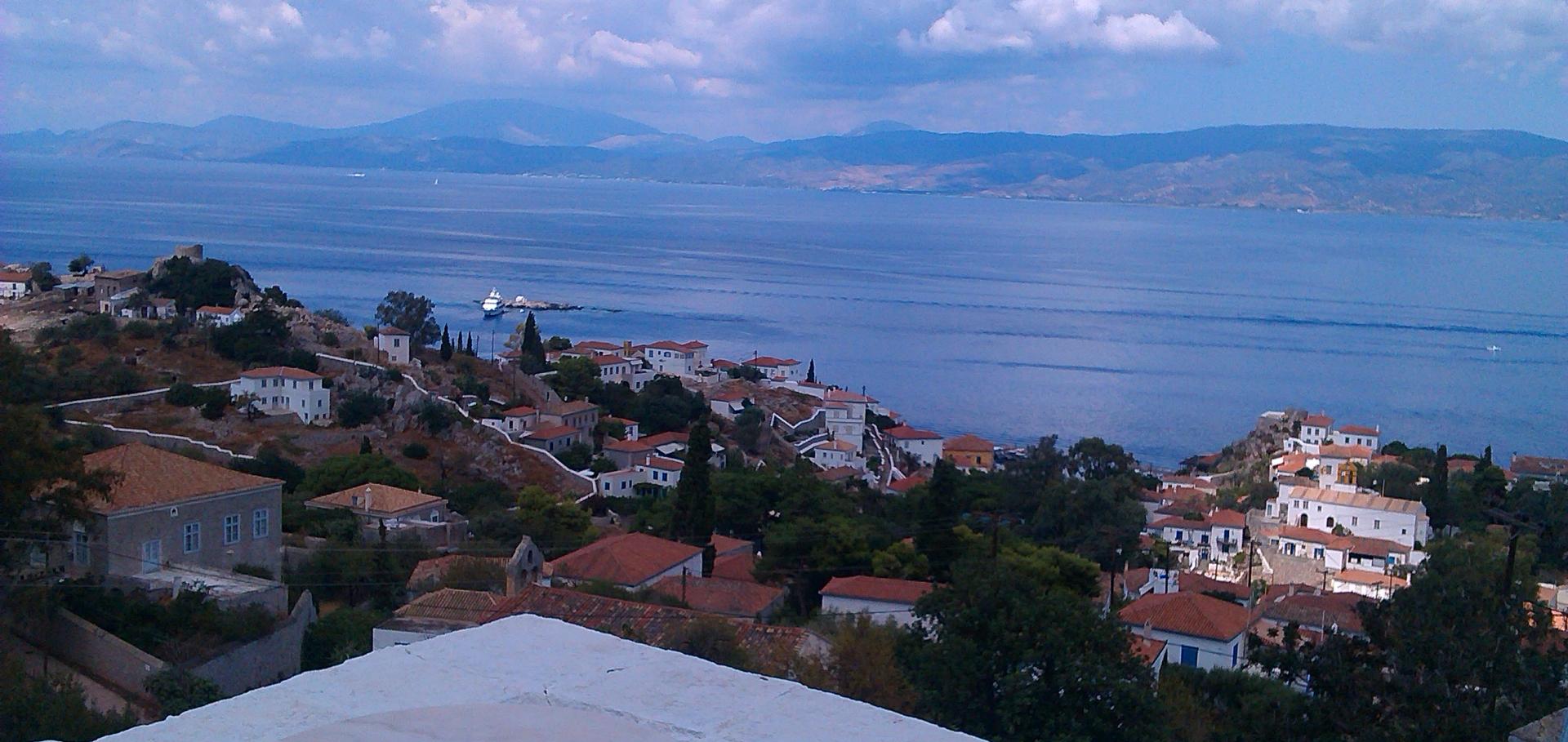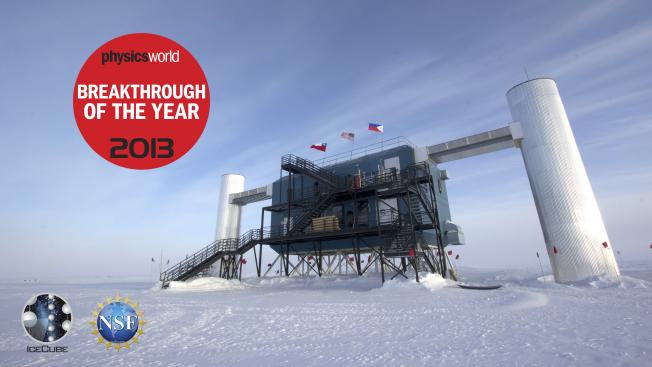Light asymmetric dark matter
Proceedings of the 6th Patras Workshop on Axions, WIMPs and WISPs, PATRAS 2010 (2010) 158-163
Abstract:
Stable relic particles of mass around 5 GeV with an intrinsic matter-antimatter asymmetry would naturally provide the dark matter. They do not annihilate after being captured by the Sun and the capture rate is exponentially enhanced if they have self-interactions (of the right order to solve the excessive substructure problem of collisionless cold dark matter). Such particles can significantly affect heat transport in the Sun and may solve the 'Solar composition problem' - the predicted small changes in low energy neutrino fluxes are potentially measurable by Borexino and the proposed SNO+ and LENS experiments.Measurement of sound speed vs. depth in South Pole ice for neutrino astronomy
Astroparticle Physics 33:5-6 (2010) 277-286
Abstract:
We have measured the speed of both pressure waves and shear waves as a function of depth between 80 and 500 m depth in South Pole ice with better than 1% precision. The measurements were made using the South Pole Acoustic Test Setup (SPATS), an array of transmitters and sensors deployed in the ice at the South Pole in order to measure the acoustic properties relevant to acoustic detection of astrophysical neutrinos. The transmitters and sensors use piezoceramics operating at ∼5-25 kHz. Between 200 m and 500 m depth, the measured profile is consistent with zero variation of the sound speed with depth, resulting in zero refraction, for both pressure and shear waves. We also performed a complementary study featuring an explosive signal propagating vertically from 50 to 2250 m depth, from which we determined a value for the pressure wave speed consistent with that determined for shallower depths, higher frequencies, and horizontal propagation with the SPATS sensors. The sound speed profile presented here can be used to achieve good acoustic source position and emission time reconstruction in general, and neutrino direction and energy reconstruction in particular. The reconstructed quantities could also help separate neutrino signals from background. © 2010 Elsevier B.V. All rights reserved.Search for muon neutrinos from gamma-ray bursts with the IceCube neutrino telescope
Astrophysical Journal 710:1 (2010) 346-359
Abstract:
We present the results of searches for high-energy muon neutrinos from 41 gamma-ray bursts (GRBs) in the northern sky with the IceCube detector in its 22 string configuration active in 2007/2008. The searches cover both the prompt and a possible precursor emission as well as a model-independent, wide time window of -1 hr to +3hr around each GRB. In contrast to previous searches with a large GRB population, we do not utilize a standard Waxman-Bahcall GRB flux for the prompt emission but calculate individual neutrino spectra for all 41 GRBs from the burst parameters measured by satellites. For all of the three time windows, the best estimate for the number of signal events is zero. Therefore, we place 90% CL upper limits on the fluence from the prompt phase of 3.7 × 10 -3 erg cm-2 (72TeV-6.5PeV) and on the fluence from the precursor phase of 2.3 × 10-3 erg cm-2 (2.2-55TeV), where the quoted energy ranges contain 90% of the expected signal events in the detector. The 90% CL upper limit for the wide time window is 2.7 × 10 -3 erg cm-2 (3TeV-2.8PeV) assuming an E -2 flux. © 2010. The American Astronomical Society.Search for relativistic magnetic monopoles with the AMANDA-II neutrino telescope: The IceCube Collaboration
European Physical Journal C 69:3 (2010) 361-378
Abstract:
We present the search for Cherenkov signatures from relativistic magnetic monopoles in data taken with the AMANDA-II detector, a neutrino telescope deployed in the Antarctic ice cap at the Geographic South Pole. The non-observation of a monopole signal in data collected during the year 2000 improves present experimental limits on the flux of relativistic magnetic monopoles: Our flux limit varies between 3.8 × 10-17 cm-2 s-1 sr-1 (for monopoles moving at the vacuum speed of light) and 8.8 × 10-16 cm-2 s-1 sr-1 (for monopoles moving at a speed β=v/c=0.76, just above the Cherenkov threshold in ice). These limits apply to monopoles that are energetic enough to penetrate the Earth and enter the detector from below the horizon. The limit obtained for monopoles reaching the detector from above the horizon is less stringent by roughly an order of magnitude, due to the much larger background from down-going atmospheric muons. This looser limit is however valid for a larger class of magnetic monopoles, since the monopoles are not required to pass through the Earth. © 2010 The Author(s).The energy spectrum of atmospheric neutrinos between 2 and 200 TeV with the AMANDA-II detector
Astroparticle Physics 34:1 (2010) 48-58



